The U.S. hit 61,000 coronavirus deaths, topping Trump's 60,000 ceiling

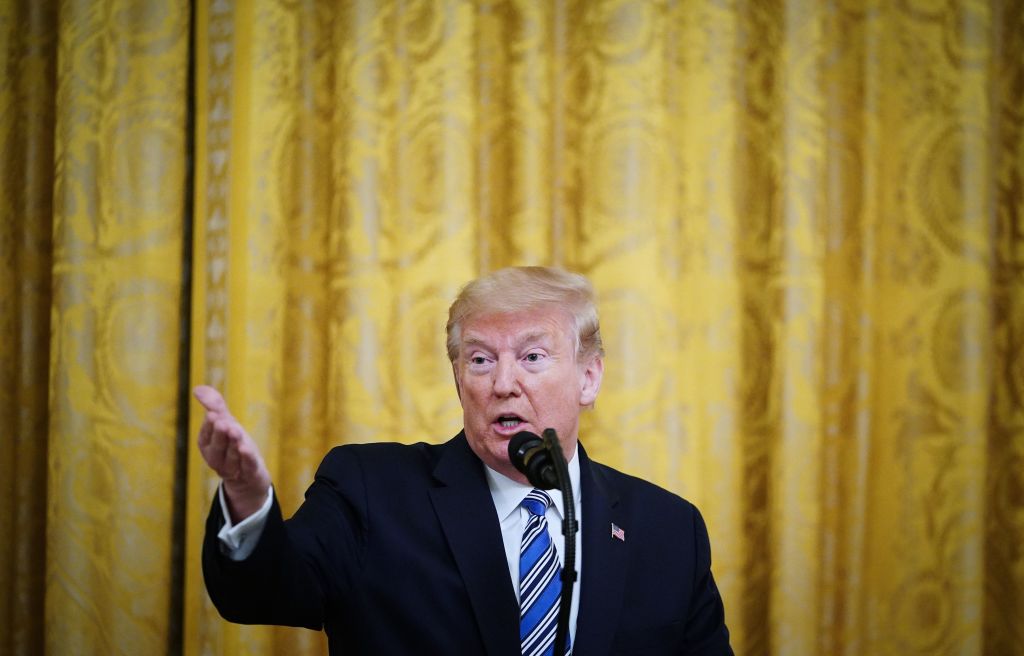
The U.S. death toll from the COVID-19 pandemic hit 61,000 Thursday morning, passing the 60,000 level President Trump has repeatedly suggested might be the final death toll from the new coronavirus. There are 1.04 million reported COVID-19 cases in the U.S., nearly a third of the world's total, according to a tally by Johns Hopkins, but real number of cases and deaths is almost certainly significantly higher.
Data released Wednesday night by the Centers for Disease Control and Prevention's National Center for Health Statistics showed at least 66,000 more people have died than normal so far this year, and only 33,765 of them are attributed to the coronavirus. "The problem is you look at the number on your television screen and the number looks real," Kathleen Hall Jamieson, director of the Annenberg Public Policy Center, tells The Associated Press. "What you don't have is that that number should have an asterisk next to it."
Trump now says the million-plus confirmed cases is a triumph of testing and claims the 60,000 figure is a positive sign since earlier estimates predicted 100,000 to 240,000 U.S. coronavirus deaths, or more if the U.S. did not social distance. "Yeah, we've lost a lot of people," Trump said in the Rose Garden on Monday. "But if you look at what original projections were — 2.2 million — we're probably heading to 60,000, 70,000. It's far too many. One person is too many for this."
The Week
Escape your echo chamber. Get the facts behind the news, plus analysis from multiple perspectives.

Sign up for The Week's Free Newsletters
From our morning news briefing to a weekly Good News Newsletter, get the best of The Week delivered directly to your inbox.
From our morning news briefing to a weekly Good News Newsletter, get the best of The Week delivered directly to your inbox.
The deadliest pandemic in U.S. history was the flu outbreak in 1918-19, which left 675,000 Americans dead, and 61,000 deaths is about on par with the entire 2017-18 flu season and behind the 1967 and 1957 flu seasons, each of with killed more than 100,000 Americans.
A free daily email with the biggest news stories of the day – and the best features from TheWeek.com
Peter has worked as a news and culture writer and editor at The Week since the site's launch in 2008. He covers politics, world affairs, religion and cultural currents. His journalism career began as a copy editor at a financial newswire and has included editorial positions at The New York Times Magazine, Facts on File, and Oregon State University.
-
 7 bars with comforting cocktails and great hospitality
7 bars with comforting cocktails and great hospitalitythe week recommends Winter is a fine time for going out and drinking up
-
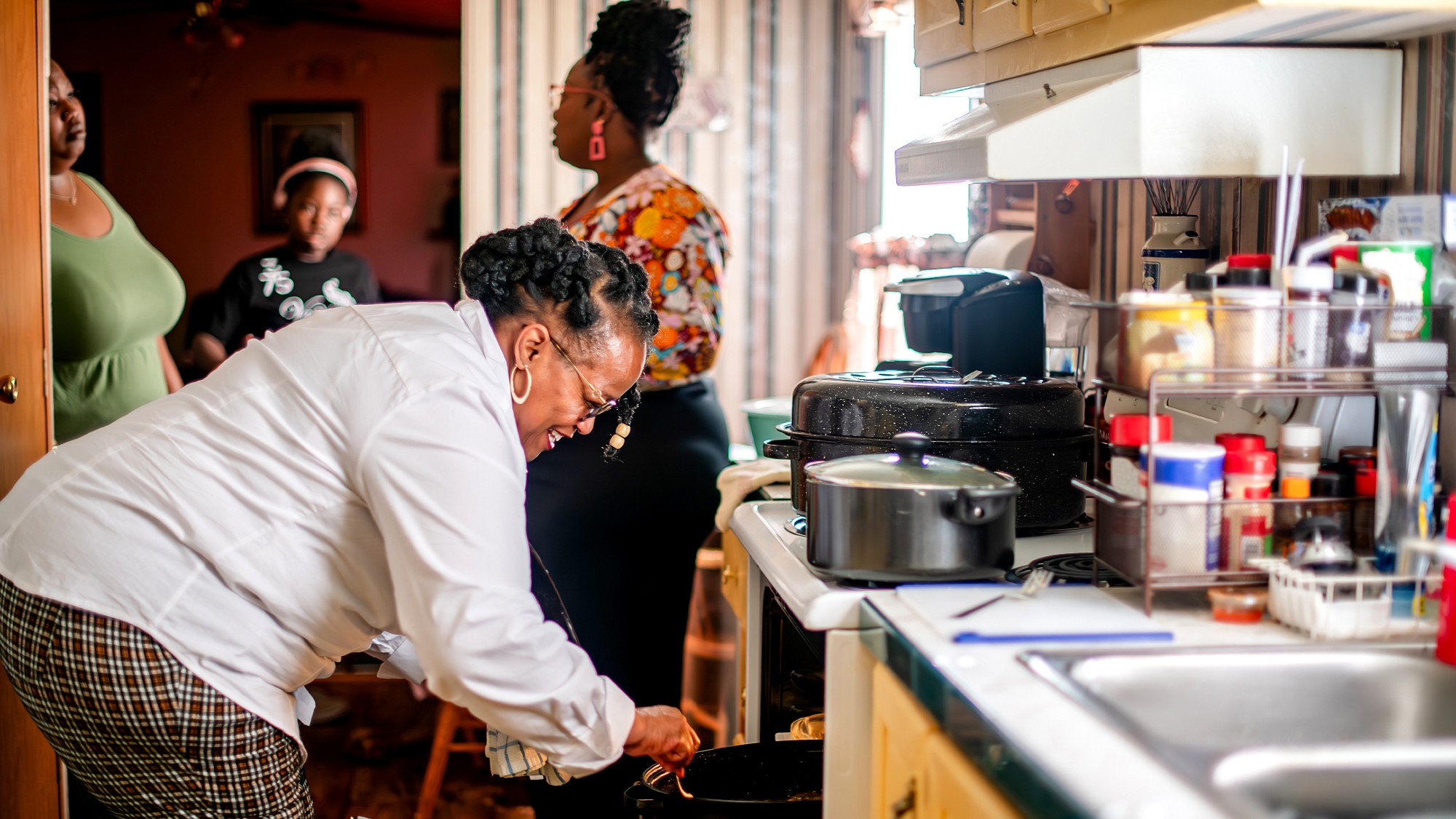 7 recipes that meet you wherever you are during winter
7 recipes that meet you wherever you are during winterthe week recommends Low-key January and decadent holiday eating are all accounted for
-
 Nine best TV shows of the year
Nine best TV shows of the yearThe Week Recommends From Adolescence to Amandaland
-
 Bari Weiss’ ‘60 Minutes’ scandal is about more than one report
Bari Weiss’ ‘60 Minutes’ scandal is about more than one reportIN THE SPOTLIGHT By blocking an approved segment on a controversial prison holding US deportees in El Salvador, the editor-in-chief of CBS News has become the main story
-
 CBS pulls ‘60 Minutes’ report on Trump deportees
CBS pulls ‘60 Minutes’ report on Trump deporteesSpeed Read An investigation into the deportations of Venezuelan migrants to El Salvador’s notorious prison was scrapped
-
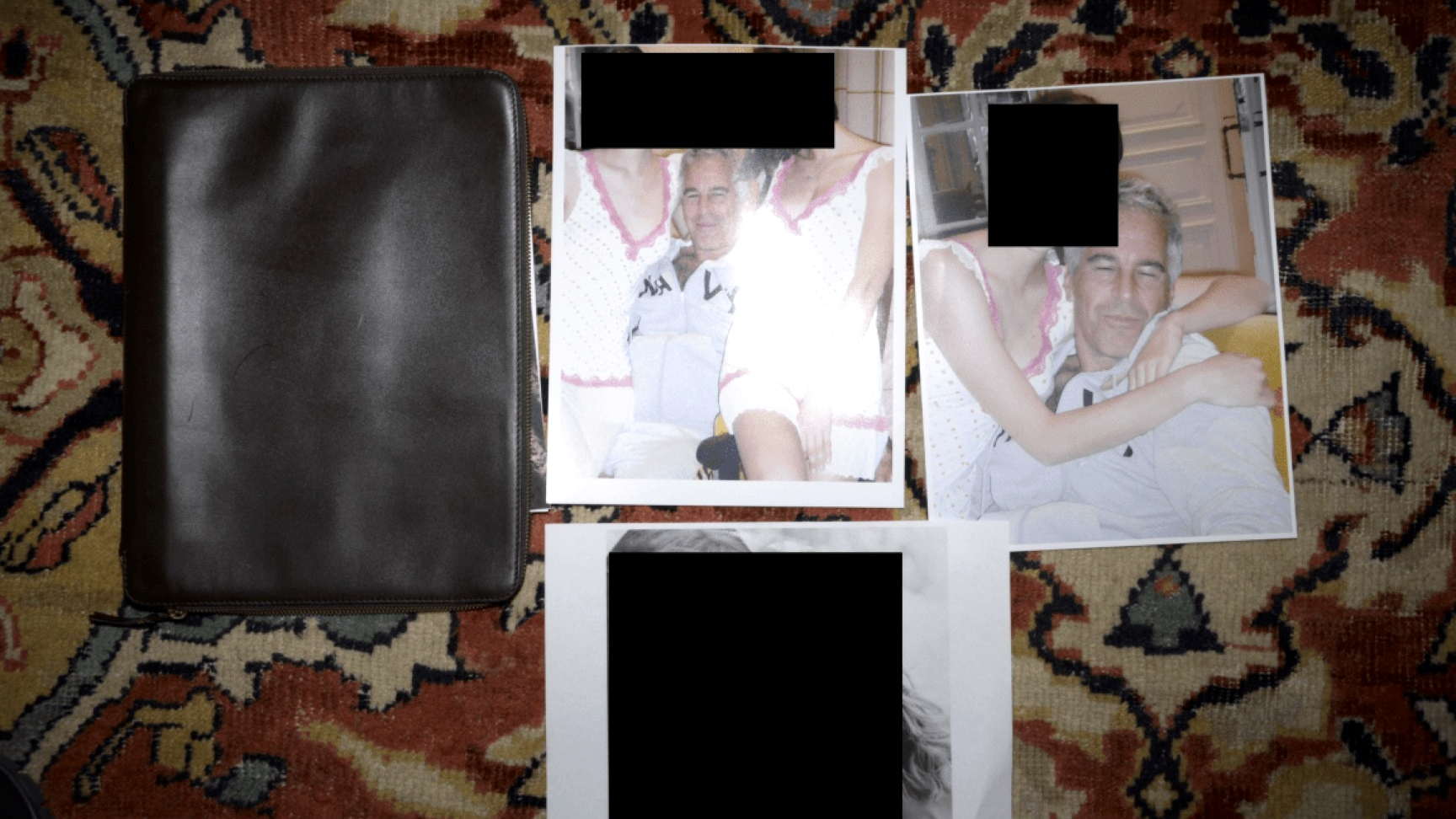 Trump administration posts sliver of Epstein files
Trump administration posts sliver of Epstein filesSpeed Read Many of the Justice Department documents were heavily redacted, though new photos of both Donald Trump and Bill Clinton emerged
-
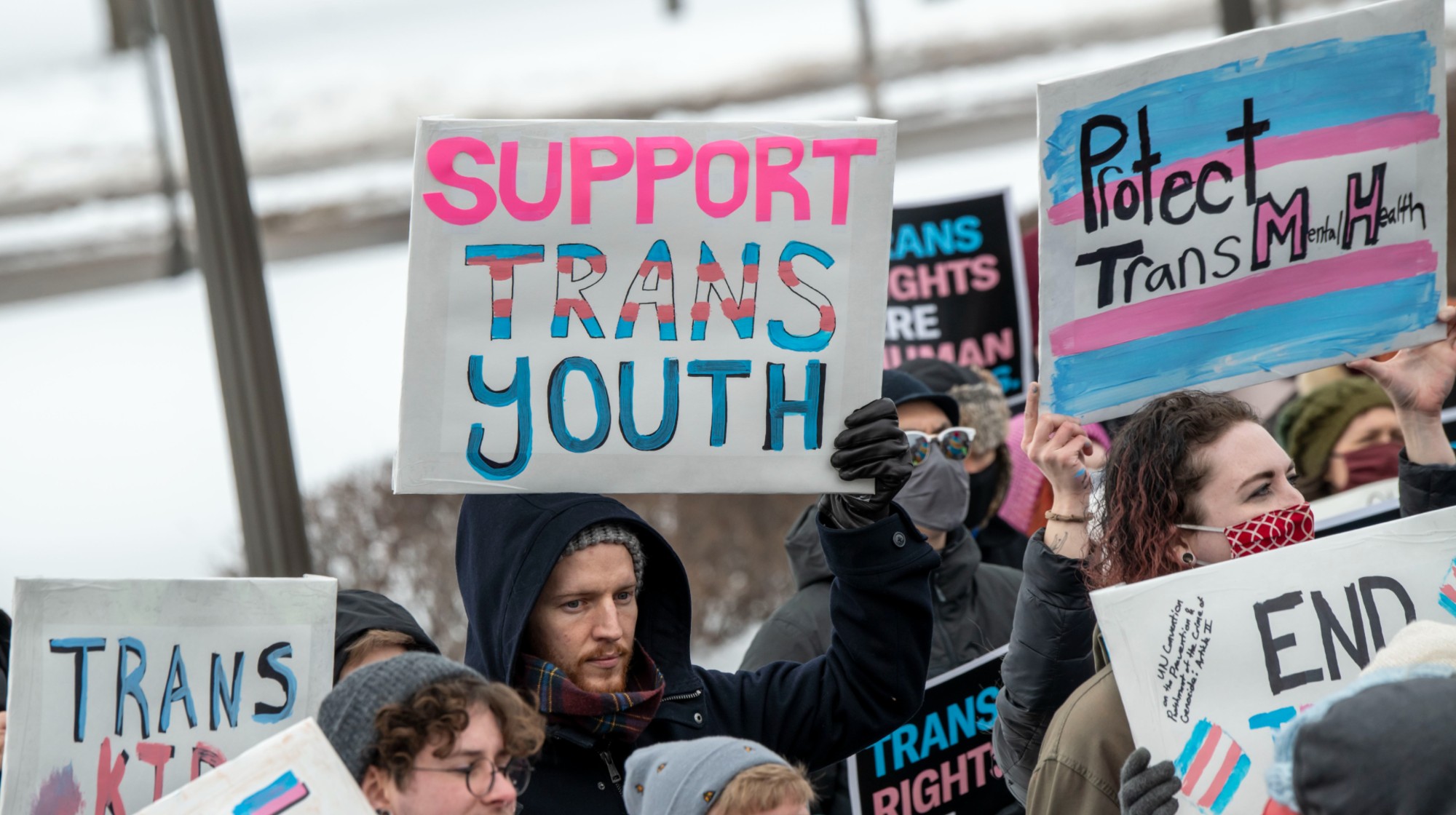 Trump HHS moves to end care for trans youth
Trump HHS moves to end care for trans youthSpeed Read The administration is making sweeping proposals that would eliminate gender-affirming care for Americans under age 18
-
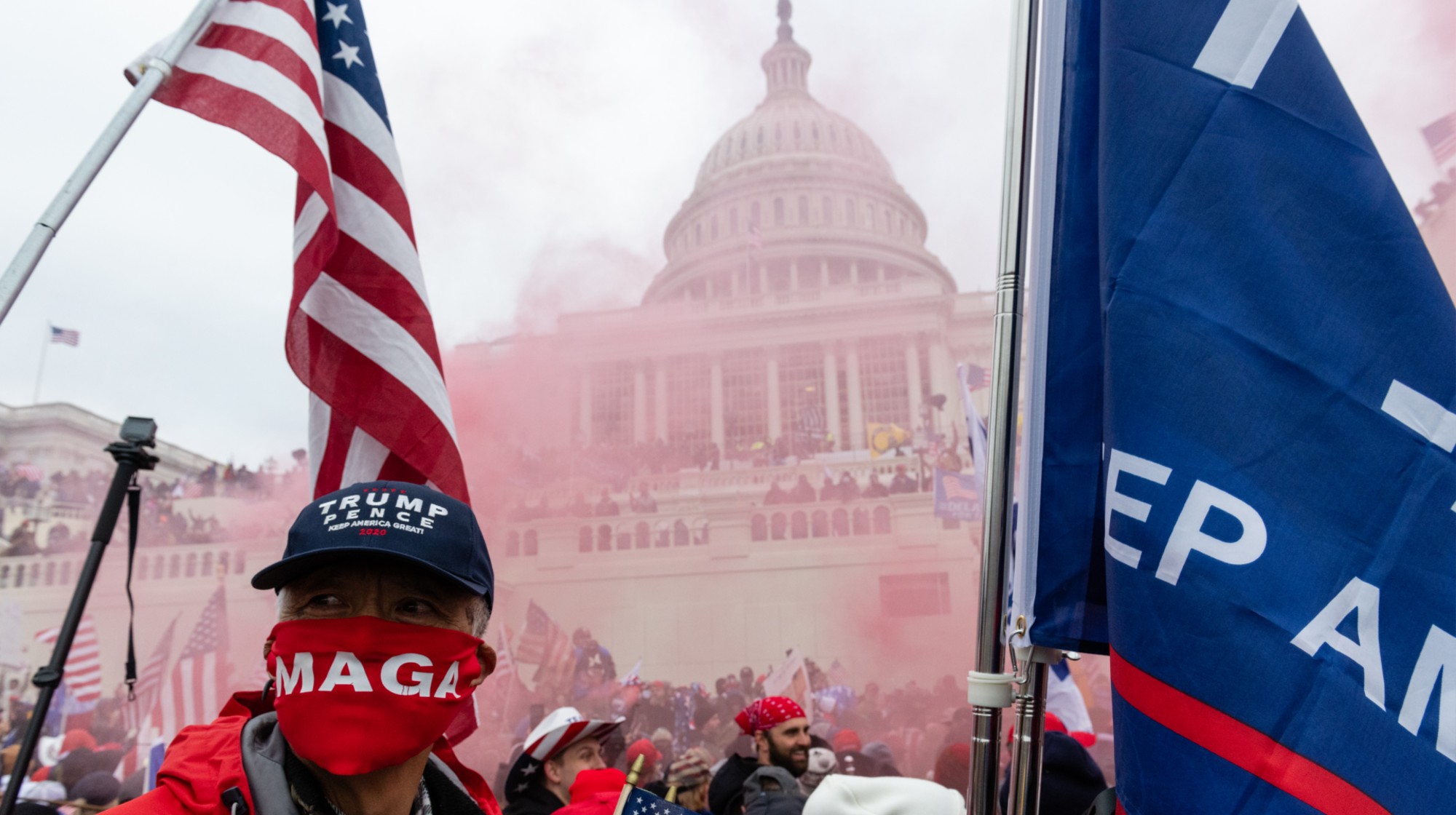 Jack Smith tells House of ‘proof’ of Trump’s crimes
Jack Smith tells House of ‘proof’ of Trump’s crimesSpeed Read President Donald Trump ‘engaged in a criminal scheme to overturn the results of the 2020 presidential election,’ hoarded classified documents and ‘repeatedly tried to obstruct justice’
-
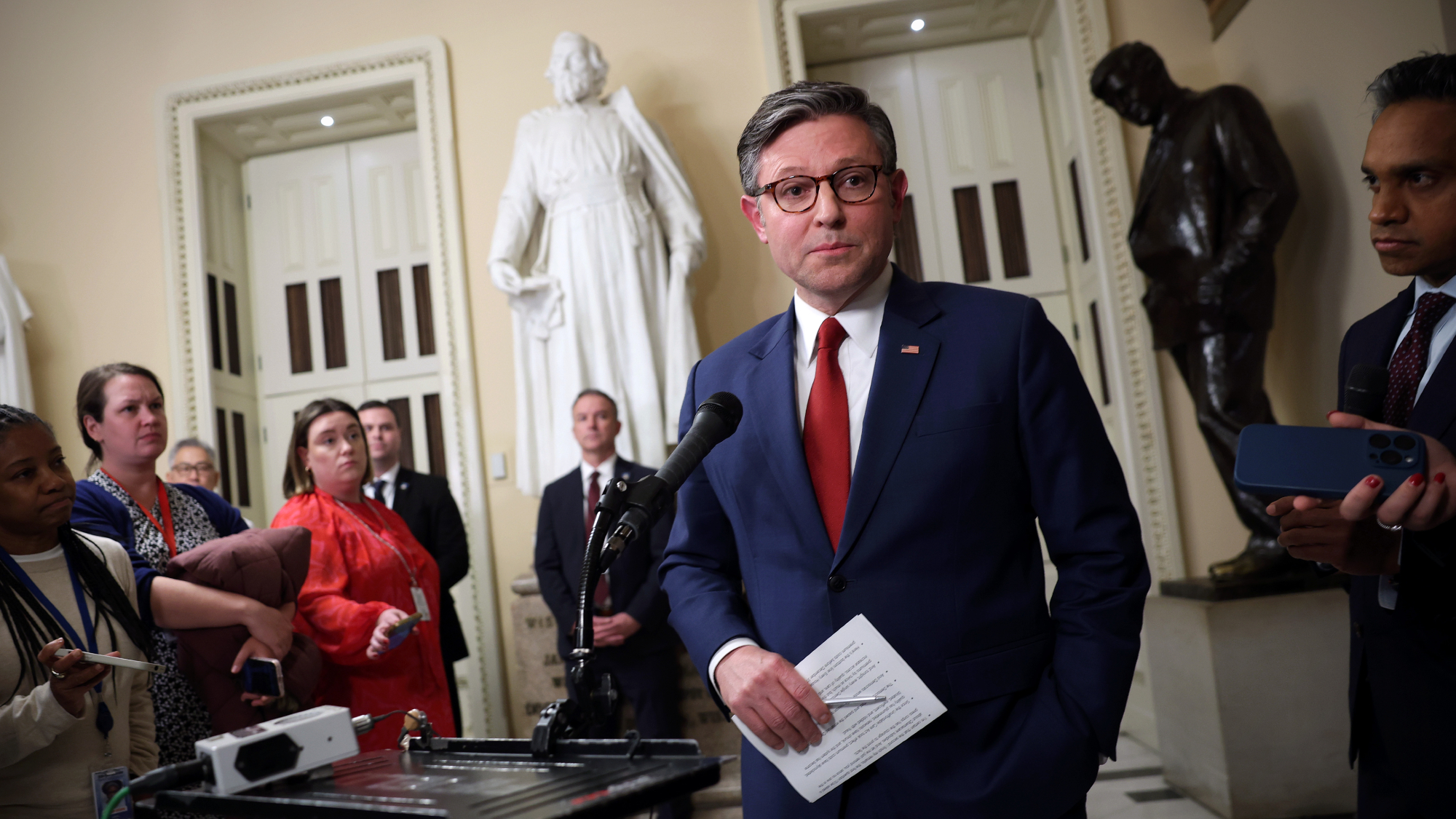 House GOP revolt forces vote on ACA subsidies
House GOP revolt forces vote on ACA subsidiesSpeed Read The new health care bill would lower some costs but not extend expiring Affordable Care Act subsidies
-
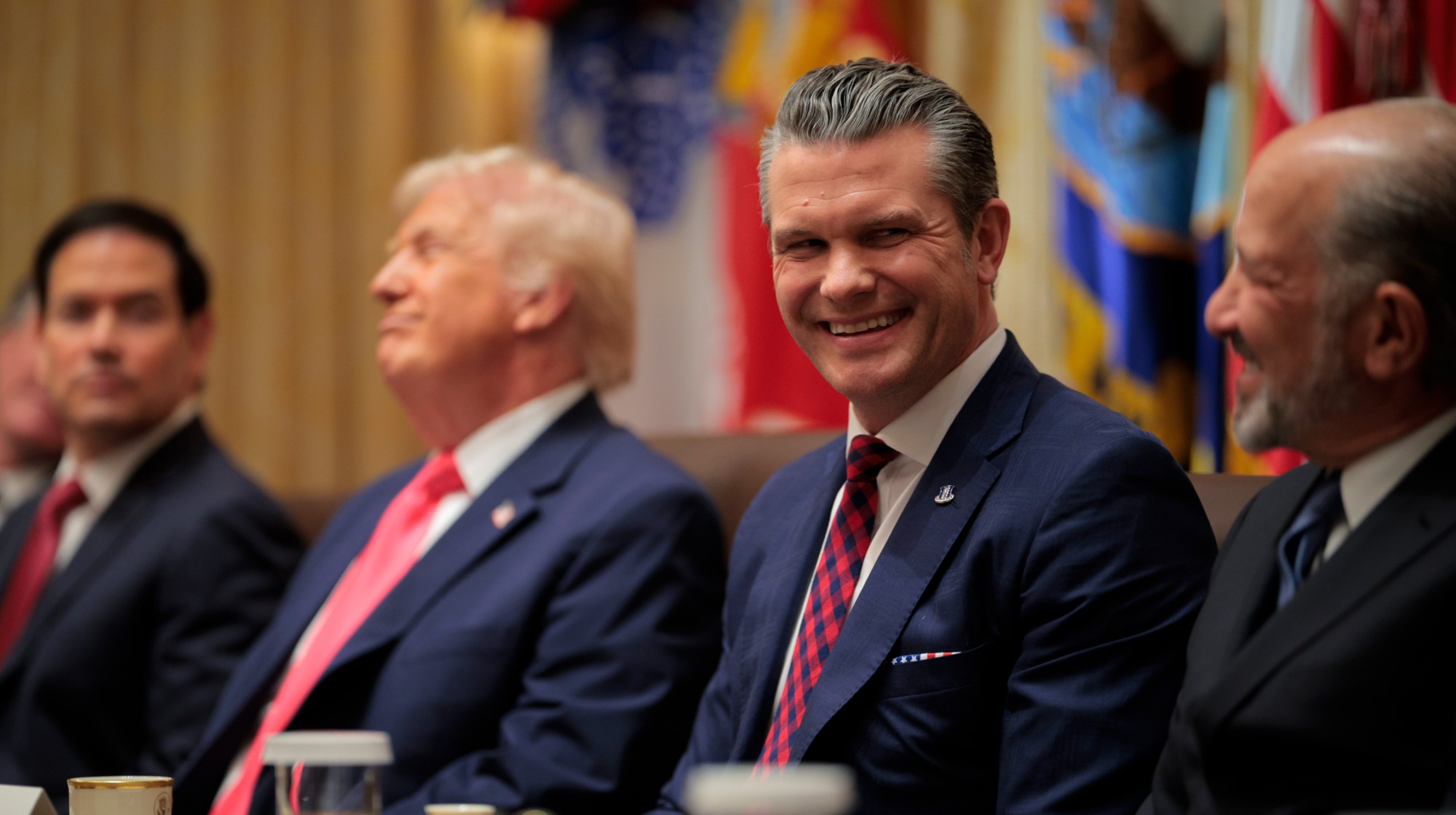 Hegseth rejects release of full boat strike footage
Hegseth rejects release of full boat strike footageSpeed Read There are calls to release video of the military killing two survivors of a Sept. 2 missile strike on an alleged drug trafficking boat
-
 Trump vows naval blockade of most Venezuelan oil
Trump vows naval blockade of most Venezuelan oilSpeed Read The announcement further escalates pressure on President Nicolás Maduro
